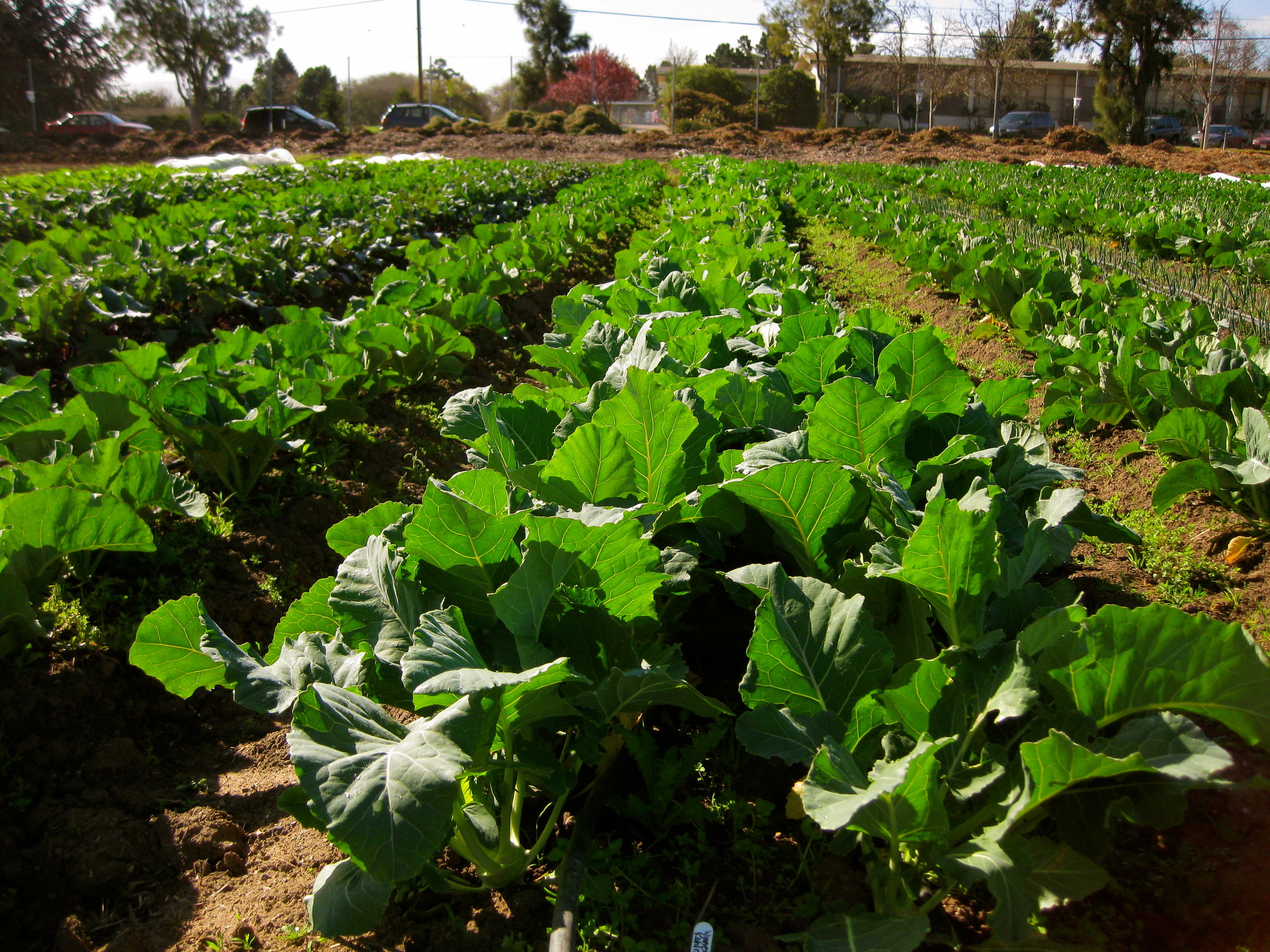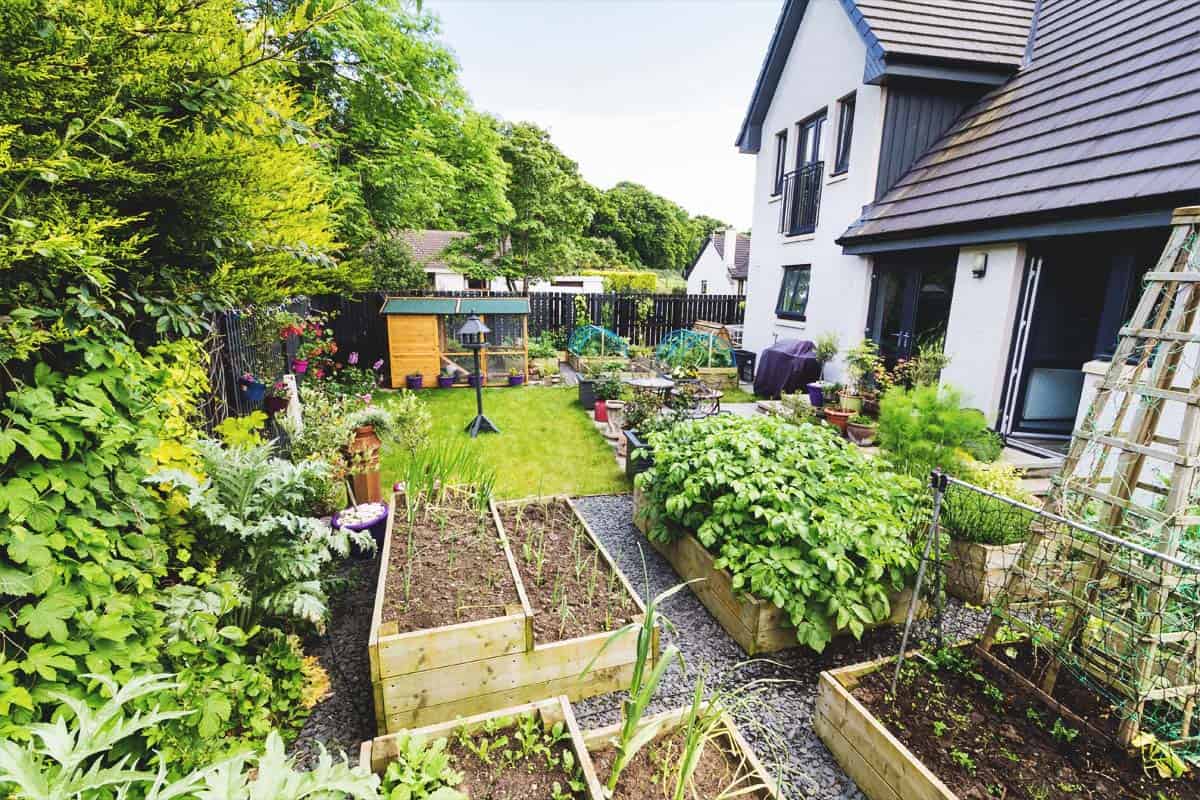Discover Important Tips for Effective Horticulture Techniques and Practices
By prioritizing vital elements such as soil wellness, reliable watering techniques, and appropriate plant option, garden enthusiasts can produce a flourishing ecosystem that sustains lively growth. Many fanatics forget essential information that can make or break their horticulture success-- checking out these overlooked facets may reveal the trick to growing a growing garden.
Recognizing Soil Wellness
Soil health is a basic aspect of effective gardening, as it directly affects plant growth, vitamins and mineral availability, and ecosystem balance. Healthy and balanced soil is identified by a rich biodiversity of bacteria, organic matter, and a well balanced pH level, which with each other create a setting conducive to plant growth.
To understand dirt health and wellness, one must consider its physical, chemical, and biological residential properties. The texture and structure of dirt affect its capability to preserve wetness and nutrients, while the chemical make-up determines the availability of essential aspects like phosphorus, potassium, and nitrogen. Normal soil testing is crucial to evaluate these variables, allowing gardeners to make educated choices pertaining to amendments and fertilizers.
Additionally, advertising organic activity within the soil is important for preserving its wellness. Practices such as composting, plant rotation, and making use of cover crops can improve microbial variety, boost nutrient biking, and lower dirt disintegration. By prioritizing soil health, garden enthusiasts not just optimize plant growth but also add to a sustainable community, ensuring that their horticulture practices are resilient and environmentally responsible over time.
Effective Sprinkling Strategies
Making certain that plants obtain the proper quantity of water is crucial for their health and wellness and growth, particularly when coupled with a solid foundation of soil health (Homestead Gardening). Effective sprinkling methods can substantially affect plant vitality, decreasing water wastefulness and advertising optimum growth
One basic technique is deep watering, which encourages origins to grow much deeper into the soil, boosting drought resistance. This strategy normally includes sprinkling less regularly however in larger quantities, enabling moisture to pass through the root area thoroughly. Timing is additionally important; morning is the suitable time to water, as it minimizes dissipation and enables foliage to completely dry throughout the day, minimizing disease dangers.
Additionally, utilizing compost can help maintain dirt dampness and control temperature, further assisting effective sprinkling methods. Using a drip irrigation system can additionally give targeted wetness directly to the roots, making certain that water reaches where it's most needed while preserving sources.
Checking rainfall and soil wetness degrees can guide modifications in your watering timetable, ensuring plants get regular hydration without over-saturation. By embracing these reliable watering techniques, gardeners can promote a growing environment for their plants to thrive.
Plant Choice and Positioning
Exactly how can the best plant choice and tactical placement change a garden right into a flourishing community? When selecting plants, consider factors such as climate, dirt kind, and sunlight exposure. Homestead Gardening.
Strategic placement entails preparing plants according to their development routines and requirements. Taller plants ought to be positioned at the rear of boundaries to my sources stop shielding shorter plants. Additionally, organizing plants with comparable water and light demands can enhance their development and minimize competition for resources.
Including a diversity of plants not only includes aesthetic appeal however additionally advertises biodiversity, drawing in advantageous pests and pollinators. Take into consideration the seasonal adjustments in your garden; select a mix of annuals, perennials, and evergreens to ensure year-round passion.
Finally, remember to examine the mature dimension of plants before planting to stay clear of congestion and make sure ample air flow. Thoughtful plant option and calculated positioning produce an unified setting, enabling your yard to flourish while lessening obstacles.
Parasite and Condition Administration
Effective pest and disease management is necessary for maintaining a healthy garden environment - Homestead Gardening. A proactive technique, incorporating social, biological, and chemical methods, can considerably reduce the influence of parasites and illness on your plants

Biological controls, such as introducing useful insects like ladybugs or predative termites, can maintain bug populations in check without harming the environment. Additionally, keeping plant wellness with correct watering, fertilizing, and trimming will bolster their resilience versus diseases.
When intervention is essential, opt for targeted chemical therapies, guaranteeing to adhere to application guidelines to decrease damage to non-target microorganisms. Constantly prioritize sustainable practices, as they advertise long-term garden wellness and environmental equilibrium. By integrating these approaches, gardeners can efficiently manage diseases and insects, making certain flourishing plants and an efficient yard.

Seasonal Upkeep Practices
Throughout each period, implementing targeted upkeep practices is critical for maximizing yard health and wellness and efficiency. In spring, concentrate on dirt preparation by testing pH levels and including needed modifications. This is also the perfect time to use fertilizers and mulch to preserve moisture and subdue weeds. Frequently check arising plants this hyperlink for pests and conditions.
As summer season techniques, ensure ample irrigation while keeping track of for indicators of tension or condition. Prune back disordered plants to motivate air blood circulation and decrease moisture around foliage. This practice not only boosts plant health and wellness yet also advertises flowering and fruiting.
With the arrival of autumn, it's time to plan for winter season. Tidy up fallen leaves and debris to avoid pest problems, and consider planting cover plants to enrich soil health and wellness. This period is also suitable for dividing perennials and planting spring-flowering light bulbs.
Verdict
Successful gardening hinges on the combination of audio practices in soil health and wellness, watering, plant option, pest administration, and seasonal upkeep. By focusing on dirt testing and microbial diversity, utilizing efficient sprinkling approaches, and choosing suitable plants, garden enthusiasts can produce growing ecological communities. Additionally, proactive pest administration and thorough seasonal upkeep add considerably to general yard vigor. Accepting these strategies cultivates a productive and sustainable gardening environment, guaranteeing prospering development and strength throughout the transforming periods.
By focusing on important elements such as soil wellness, reliable watering strategies, and websites appropriate plant option, garden enthusiasts can produce a thriving community that supports vivid development. By focusing on soil health and wellness, gardeners not just enhance plant growth yet likewise contribute to a lasting environment, guaranteeing that their gardening techniques are eco liable and resilient over time.
Taller plants need to be positioned at the back of boundaries to stop shading much shorter plants. Clean up dropped leaves and debris to stop insect invasions, and think about growing cover crops to improve soil wellness.Successful gardening joints on the integration of audio practices in soil wellness, watering, plant choice, parasite administration, and seasonal upkeep.